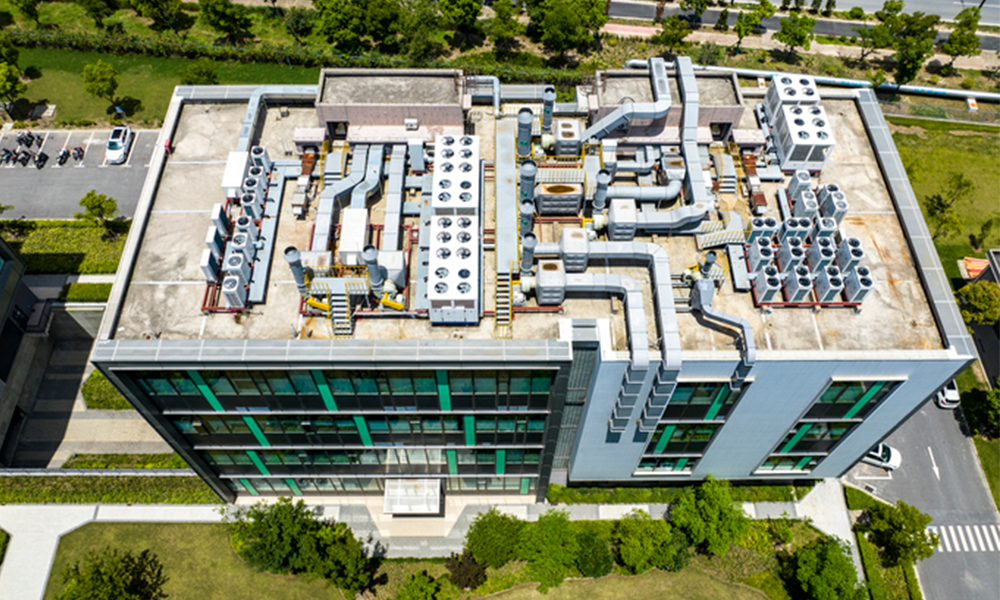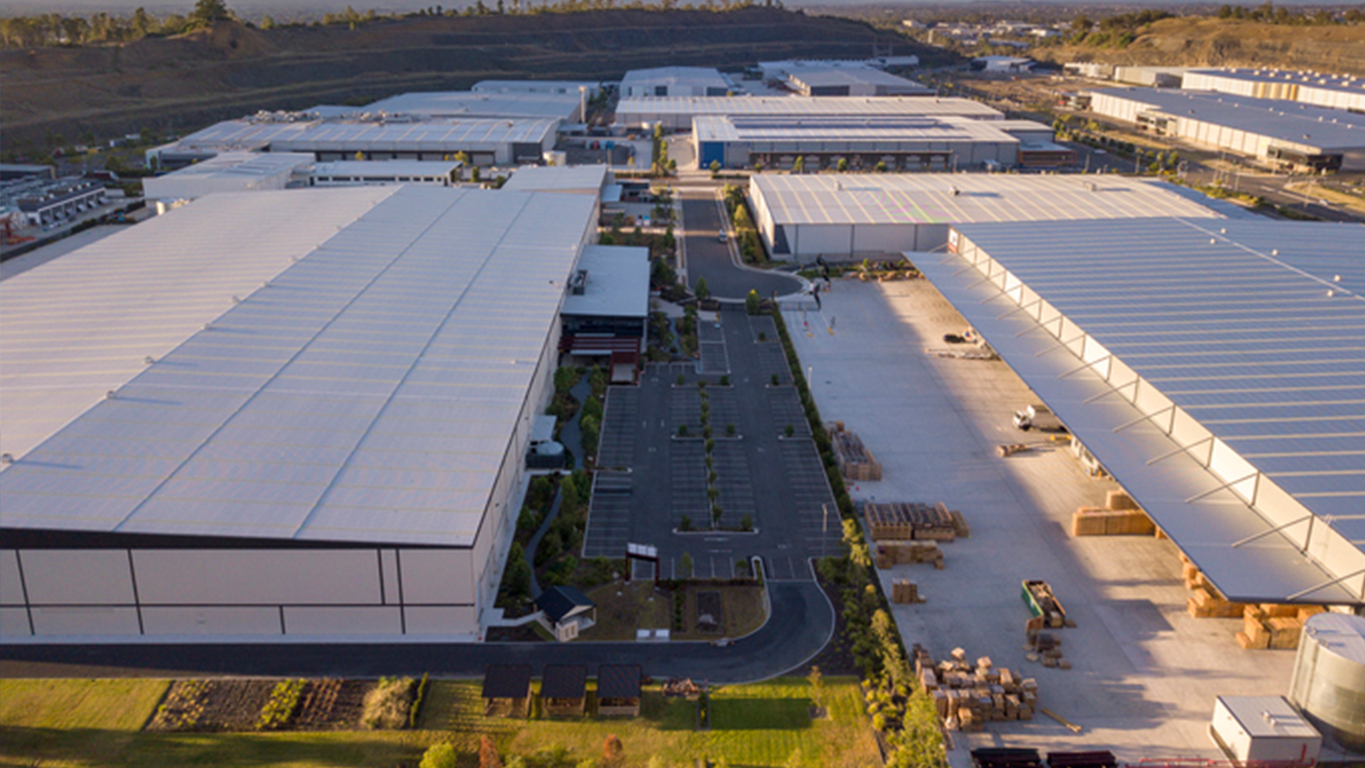5 Ways to Cut Building Energy Costs with a BEMS

Energy costs for large commercial and industrial buildings are more than just a monthly line item; they're a significant operational expense that can erode margins if left unchecked. Add in the growing pressure to reduce emissions, meet internal sustainability targets, and comply with new standards like the Australian Sustainability Reporting Standards (ASRS), and it's clear that an energy management is no longer optional.
At SJ Electric, we're proud to offer scalable Building Energy Management Systems (BEMS) built on platforms from global leaders like Schneider Electric and Siemens. Backed by over 50 years of experience in electrical infrastructure and automation, our team is equipped to support large Australian organisations across sectors, including commercial offices, healthcare, manufacturing, mining, education, and logistics, with intelligent energy management solutions designed for performance, compliance, and cost control.
In this blog, we'll explore how a well-implemented BEMS can reduce energy costs and improve operational performance across complex facilities.
1. Real-Time Energy Monitoring
The first step in cutting energy costs is knowing exactly how, where, and when you're using power.
A BEMS collects live data from every major system in your building: lighting, heating, ventilation, air conditioning (HVAC), refrigeration, and power distribution, and presents it through an intuitive dashboard. Instead of relying on monthly bills or delayed reports, you get a real-time view of energy usage across zones, equipment, and time periods.
This visibility allows you to:
- Spot inefficiencies (like systems left running after hours)
- Compare performance across locations
- Establish baseline usage and track improvements
- Set custom alerts when usage exceeds thresholds
For many businesses, simply identifying and eliminating unnecessary energy waste can deliver significant savings within the first year.
2. Smart Scheduling and Automation
Manual operation and outdated timers often mean energy is wasted when buildings are unoccupied or when outdoor conditions don't demand cooling or heating.
A smart BEMS eliminates this guesswork. It uses a combination of occupancy sensors, temperature data, daylight levels, and scheduling logic to control systems automatically. For example:
- Lights dim or turn off in unoccupied areas.
- HVAC systems respond to actual room temperature, not just the time of day.
- Ventilation ramps up or down based on real-time indoor air quality metrics.
By syncing equipment operation with actual building use and environmental conditions, energy is only used when and where needed.
3. Load Shedding and Peak Demand Management
Electricity costs are not just about how much you use, but also about when you use it.
Large energy users in Australia are often subject to demand-based pricing, where rates spike during peak hours. A BEMS allows you to monitor demand in real time and automatically shed non-essential loads when your building approaches a demand threshold.
For instance:
- Delay elevator testing or battery charging to off-peak hours.
- Temporarily reduce HVAC setpoints or lighting levels in non-critical zones.
- Shift operations such as water heating or irrigation outside peak times.
These strategies can significantly reduce demand charges, which in some cases account for up to 30% of a facility's energy bill. (Source: Shell Energy Australia – What Makes Up Your Business Energy Bill).
4. Proactive Fault Detection and Predictive Maintenance
Faulty or inefficient equipment can silently drain energy and inflate costs. These issues often go unnoticed without a monitoring system until they become expensive problems.
A BEMS constantly analyses system performance and flags anomalies. You'll receive alerts for things like:
- A chiller that's cycling too frequently
- A fan running outside scheduled hours
- An air handling unit consuming more power than usual
By identifying and resolving issues early, you reduce energy waste and extend the lifespan of key assets, lowering maintenance and replacement costs.
Some advanced BEMS platforms also include predictive analytics, helping you plan maintenance before a breakdown occurs.
5. Custom Reporting for ASRS Compliance and Sustainability Targets
With the Australian Sustainability Reporting Standards (ASRS) set to impact how large-scale organisations report on their environmental performance, having accurate, automated data is critical.
A BEMS simplifies this by generating custom reports that support:
- Scope 1 and Scope 2 emissions tracking
- Sustainability target reporting (e.g. 30% reduction over five years)
- Certification processes like NABERS, Green Star, and ISO 50001
Instead of manually compiling spreadsheets, your team can access clear, credible reports with the click of a button, freeing up time and reducing errors in sustainability reporting.
Why Work with SJ Electric?
With over 50 years of experience in electrical infrastructure and building automation, SJ Electric is a trusted partner to some of Australia's leading organisations. We offer tailored BEMS solutions that integrate with your existing systems and scale as your needs evolve.
From design and installation to ongoing support and system optimisation, our team ensures you get the insights, tools, and performance needed to:
- Support the reduction of your operating costs
- Support compliance obligations
- Support your ESG goals
Learn more about our Building Energy Management Systems here.
Ready to Take Control of Your Energy Use?
A smarter building starts with better data. Whether you're upgrading an existing site or planning a new facility, now's the time to explore how a Building Energy Management System can help you reduce costs, improve efficiency, and meet your sustainability obligations.
Disclaimer:
The content of this blog is for general information only and is not intended as legal, financial, or professional advice. While SJ Electric has made every effort to ensure the accuracy and reliability of the information provided, it should not be relied upon as a substitute for professional advice tailored to your circumstances. Regulatory requirements such as the Australian Sustainability Reporting Standards (ASRS) may vary depending on the nature of your organisation, and we encourage readers to consult with qualified professionals before making decisions based on this information. SJ Electric disclaims any liability for loss or damage resulting from reliance on this content.
Posted on 22 MAY 2025
Search
Recent Posts
Is a BEMS Right for Your Business?
BEMS: What Everyone Gets Wrong
8 Common Building Management Problems a BEMS Solves
BEMS - Energy Savings Are Only Part of the Story



